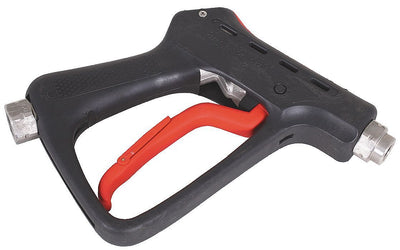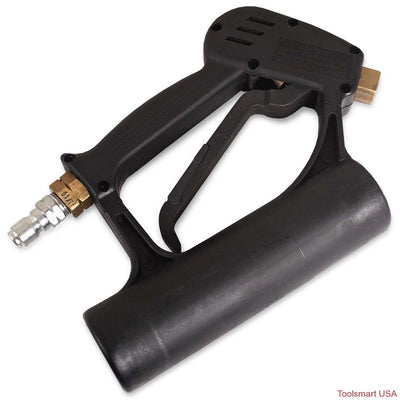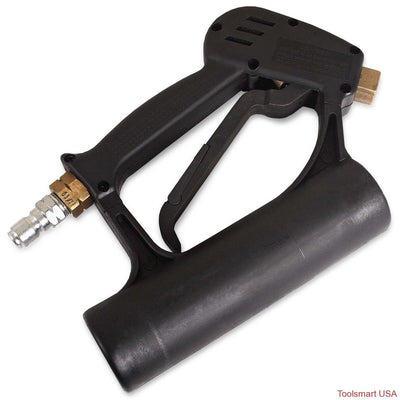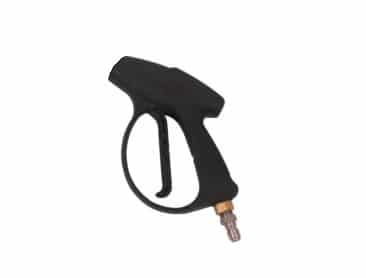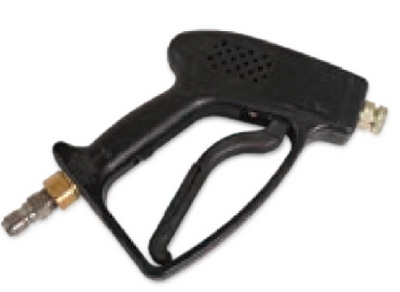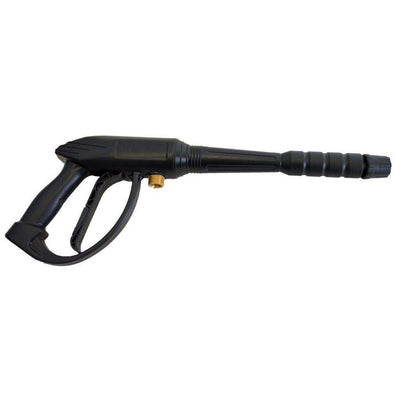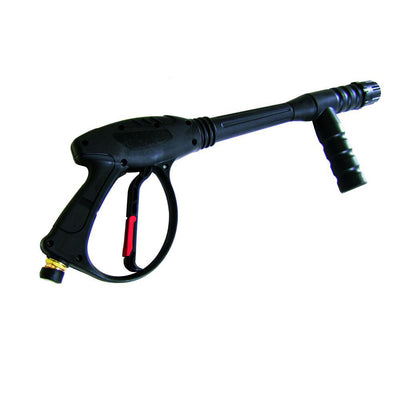How to Stop and Fix Orange Peel when Spraying Paint
When it comes to spraying paint, whether you are painting a car, cabinetry, or metal equipment, nothing can be as frustrating as seeing your finish with a textured, inconsistent appearance. It should be smooth, right? The common name for this chunky appearance is orange peel. This guide will cover the basics of what causes orange peel, how you can fix it, and how to better prevent it from happening when spraying paint.
1. Understanding What Causes Orange Peel when Painting
Before we cover how to stop and prevent orange peel in your paint finish, let’s look at the basics of why orange peel may have occurred. It is primarily caused by an insufficient break up of paint particles when you spray your coating. When you spray a paint, atomization occurs. This refers to the process where the paint particles break up in to small droplets. The smaller the droplet, the smoother the paint finish will appear. If you have orange peel in the paint finish, it is almost always a result of the paint not being broken up into small enough particles, which will often result in that unwanted chunky finish. Now that you have a basic understanding of why orange peel happens, we can cover how to fix it when it happens, and how you can prevent it from occurring.
2. How to Fix Orange Peel when painting
To fix orange peel when painting, we need to make the paint droplets smaller to achieve better atomization which will result in a smoother paint finish. There are four primary ways to achieve better atomization.
Option 1: Increase the amount of air in a given amount of paint.
If the goal is to create smaller paint particles, one way is to increase the amount and pressure of air you are injecting in a given quantity of paint. Simply put, you can reduce the amount of paint being sprayed at a time and/or increase air pressure. If you are using a gravity or siphon feed spray gun, this can be done by using a smaller tip, turning in the fluid needle, and/or increasing air pressure. For a pressure fed spray gun, start with reducing your paint pressure pot fluid pressure then consider the other tips mentioned above for a gravity or siphon feed spray gun. You may also want to consider changing air caps on your equipment. For example, conventional air caps provide the highest pressure and volume of air which will allow for the easiest atomization of any coating (more on choosing a spray gun air cap and how to decide which is best can be found here). The key is to reduce the amount of paint while you increase air into the paint which will in turn create smaller particles and help stop orange peel.
Option 2: Make the paint easier to break up.
As we have mentioned, the best way to stop orange peel when painting is to create fine particles of paint. While increasing the air in a given amount of paint is one option, you may choose to thin the paint. To do this, add the proper reducer for the paint that you are spraying or ask about a thinner paint choice that may be available that still provides the proper performance for your work. Do not add too much reducer as this may cause the paint to run.
Option 3: Understand and evaluate your equipment choice.
Finally, you should thoroughly understand and evaluate the equipment you are using. Paint manufacturers provide a technical data sheet for all paints that specifies the recommended painting equipment for a project (see below for an example). If you are using an equipment type other than what is recommended, consider changing equipment. If multiple equipment types are provided as potential options, an air spray gun will always provide the highest level of finish relative to an airless sprayer. Other equipment variables to consider include the airless sprayer tip size, the fluid nozzle and air cap on your spray gun, and the equipment settings. For airless sprayers, you can increase the pressure you are spraying with in order to help prevent orange peel. For spray guns, you can follow the tips above.
3. How to Prevent Orange
To prevent orange peel when painting, you should check the technical data sheet so that you know what equipment is recommended for the material you are spraying. The next step will be to ensure that you properly set up the equipment and do a test spray before painting your actual product. Here is more on how to use an airless sprayer and on how to use a paint spray gun. These guides will help you to properly set up your equipment to achieve flawless results.
Sample paint technical data sheet with equipment recommendations, note the air cap and tip type are specified
Final Thoughts on Orange Peel
Orange peel is the result of paint particles that are to large which causes an uneven, chunky finish. To fix orange peel you need to reduce the size of the paint particles that are sprayed (atomization!). You can achieve better atomization by thinning your paint, increasing the amount of air in your paint, reducing the amount of paint being sprayed at a given time, increasing the pressure you are using on an airless sprayer, or using different equipment that is able to atomize more effectively. These tips will help you to fix and eliminate orange peel when you are painting. As always, if you have any questions about orange peel techniques, please give us a call.
The post How to Stop and Fix Orange Peel when Spraying Paint appeared first on Pittsburgh Spray Equipment Company.


